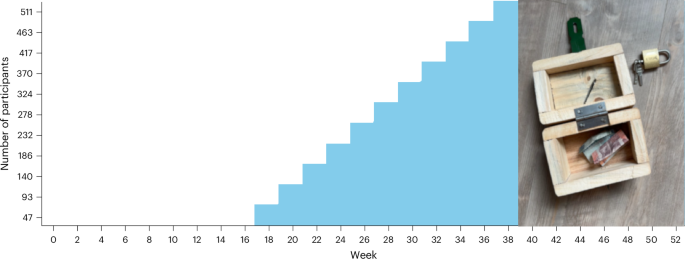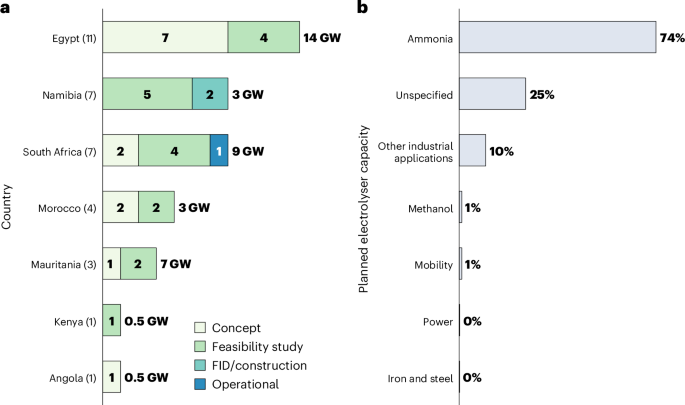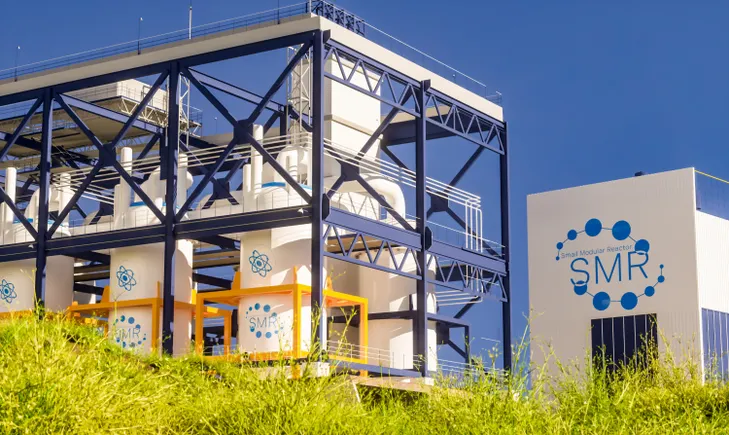Copper Peroxide‐Ring Stabilized Bicelle Loaded with GSH‐Responsive Derivative of Doxorubicin to Induce Amplified Cuproptosis
Advanced Healthcare Materials, EarlyView.

GSH-sensitive DOX derivative (cDOX) is successfully synthesized via the Schiff-base reaction. cDOX is loaded into a copper peroxide (CP)-stabilized bicelle (cDCB) to induce preferential cuproptosis concomitant with oxidative stress and immunogenic cell death through three interlocks in tumor cells. The cDCB nanosystem exhibited a synergistic antitumor effect and ultimately achieved outstanding therapeutic outcomes.
Abstract
The traditional copper ion carrier, elesclomol, relies on transporting extracellular copper ions into cells. However, the limited extracellular copper ions hinder the copper accumulation inside cells, limiting the cuproptosis effects and thus reducing its therapeutic efficacy in cancer treatment. Although metal peroxides are effective in transporting metals and inducing oxidative stress, their application is constrained by poor safety. To address these challenges, we develop a safe bicelle nanosystem for metal peroxide delivery. Typically, the assembly of lipid-based nanoparticles into non-spherical shapes requires stabilizing agents such as membrane-stabilizing proteins (MSPs). In this study, the hydrophobic effect within the bicelle cavities is leveraged to encapsulate copper peroxide (CP), ensuring efficient delivery. CP forms a stabilizing ring around the bicelle, mimicking the function of MSPs to reinforce bicelle stability. Furthermore, considering the inhibitory effect of reduced glutathione (GSH) on cuproptosis, a GSH-sensitive derivative of doxorubicin (cDOX) is designed to reduce intracellular GSH levels. In tumor cells, cDOX interacts with CP to preferentially induce cuproptosis and oxidative stress, facilitating chemoimmunotherapy. These interactions collectively address the challenges of cuproptosis in cancer treatment by promoting efficient copper ion accumulation, effective induction of oxidative stress, and robust immunogenic cell death, providing a promising strategy for cancer therapy.




























![New York City Officially Has Mechanical Garbage Trucks Now [Update]](https://www.jalopnik.com/img/gallery/new-york-city-officially-has-mechanical-garbage-trucks-now/l-intro-1749064637.jpg?#)





















































































































